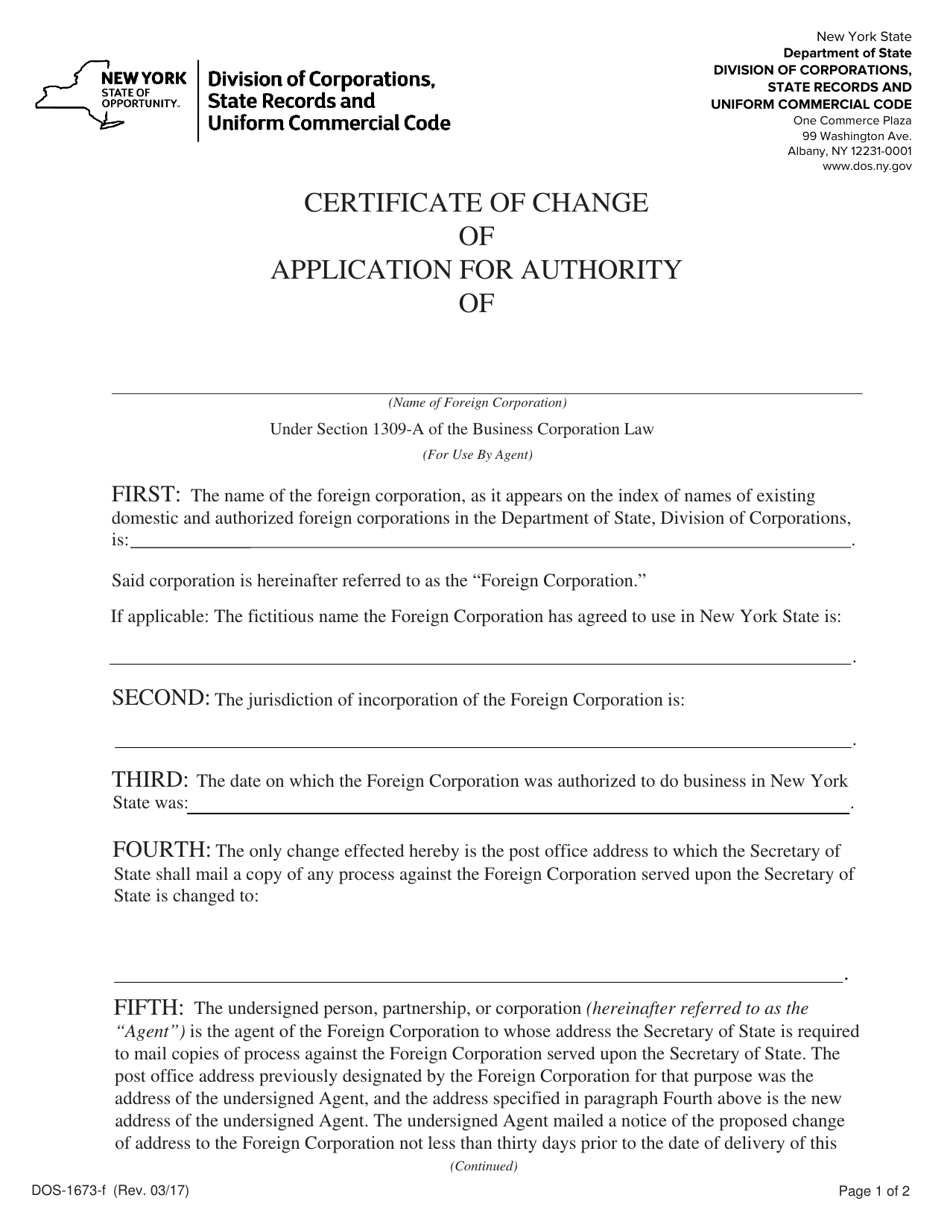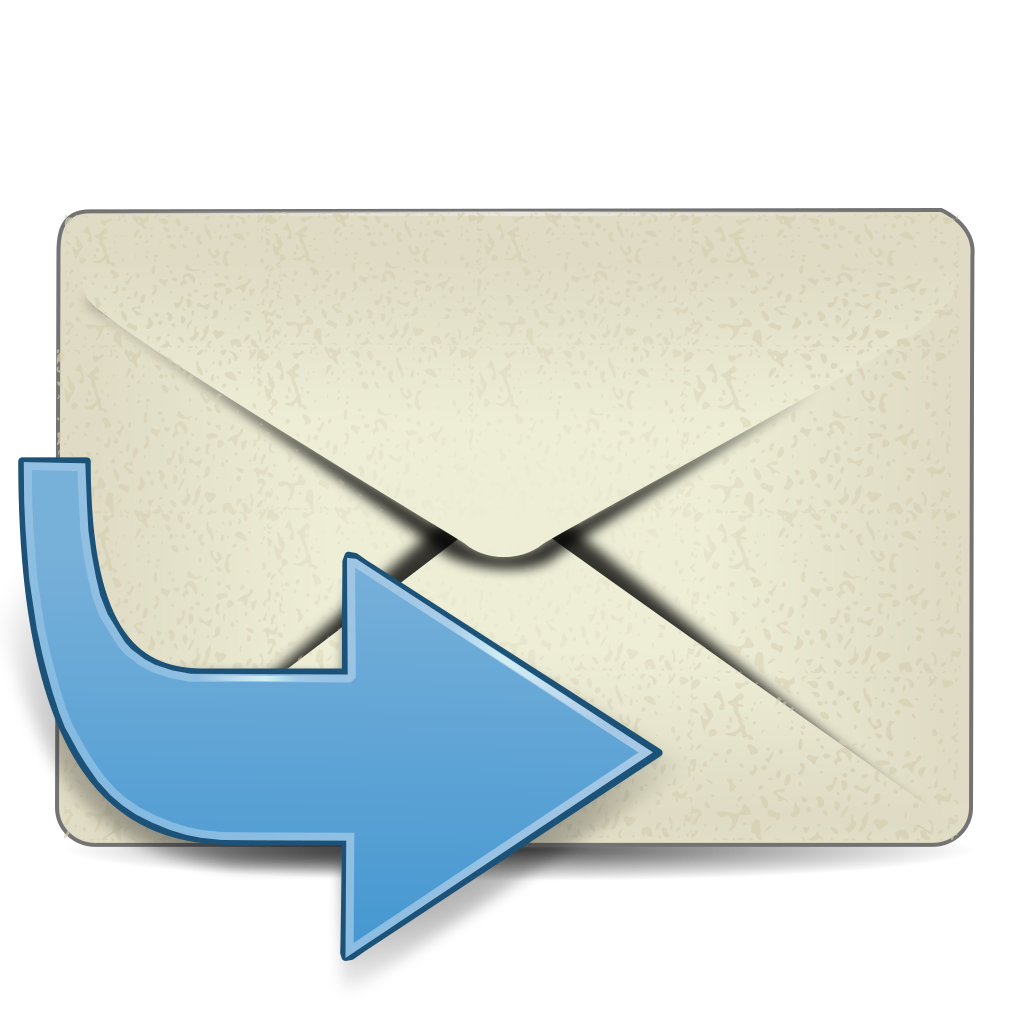

There are few reasons to use FORWARDING SERVICE REQUESTED since it does not provide sender with updated addressee info and does not avail compliance with the Move Update standard. Visit the forums at: Exchange Server, Exchange Online, or Exchange Online Protection.Your mail piece is forwarded to the addressee’s new address (within 12 months of moving) assuming a change-of-address order in on file. Having problems? Ask for help in the Exchange forums.
#Change of address mail forward how to
End usersĬheck out the following topics on how to forward your email to another email address by using Outlook and Outlook Web App.įor information about keyboard shortcuts that may apply to the procedures in this topic, see Keyboard shortcuts in the Exchange admin center. If the parameter is set to $false, messages are delivered only to the forwarding address. Also, if the DeliverToMailboxAndForward parameter is set to $true, messages will be delivered to the mailbox and to the forwarding address. Make sure that the forwarding address is listed in the ForwardingSMTPAddress parameter. Get-Mailbox | Format-List ForwardingSMTPAddress,DeliverToMailboxandForward Run the following command in the Exchange Management Shell.

Under Mail Flow, click or tap View details to view the mail forwarding settings. On the mailbox properties page, click or tap Mailbox Features. In the list of user mailboxes, click or tap the mailbox that you configured email forwarding for, and then click Edit. In the Exchange admin center, go to Recipients > Mailboxes. To make sure that you've successfully set up email forwarding, do one of the following: This example delivers email to the mailbox of Douglas Kohn and also forwards all mail sent to Douglas Kohn to an external email address, Set-Mailbox -Identity "Douglas Kohn" -DeliverToMailboxAndForward $true -ForwardingSMTPAddress example forwards all email sent to the mailbox of Ken Sanchez, an employee of Contoso Suites, to one of his coworkers, Set-Mailbox -Identity "Ken Sanchez" -ForwardingAddress detailed syntax and parameter information, see Set-Mailbox. Take a look at the Get-Mailbox and Set-Mailbox topics for more details on the cmdlets used here. Haven't used Exchange Management Shell much? Check out the Exchange Management Shell topic to learn more.

Use the Exchange Management Shell to set up mail forwarding See the following example in "Use the Exchange Management Shell to configure mail forwarding". What if you want to forward emails to an email address outside your organization? You can use the Exchange Management Shell to do this. Click or tap OK, and then click or tap Save. Select the Deliver message to both forwarding address and mailbox check box if you want both the recipient and the forwarding email address to get copies of the emails sent. On the Select Recipient page, select a user you want to forward all email to. If you want to specify a limit, click the Maximum recipients check box and then type the limit in the text box beneath the check box.Ĭheck the Enable forwarding check box, and then click or tap Browse. The recipient limit is unlimited by default. On this page, you can set the maximum number of recipients that the user can send a message to. Under Mail Flow, select View details to view or change the setting for forwarding email messages.

On the mailbox properties page, click Mailbox Features. In the list of user mailboxes, click or tap the mailbox that you want to set up mail forwarding for, and then click or tap Edit. In the Exchange admin center, navigate to Recipients > Mailboxes. Use the Exchange admin center to set up email forwarding To see what permissions you need, see the "Recipient Provisioning Permissions" entry in the Recipients Permissions topic. You need to be assigned permissions before you can perform this procedure or procedures. You can use either the Exchange admin center (EAC) or Exchange Management Shell to set up email forwarding. Use the Exchange admin center and the Exchange Management Shell Email forwarding lets you to set up a mailbox to forward email messages sent to a user's mailbox to another user's mailbox in or outside of your organization.


 0 kommentar(er)
0 kommentar(er)
